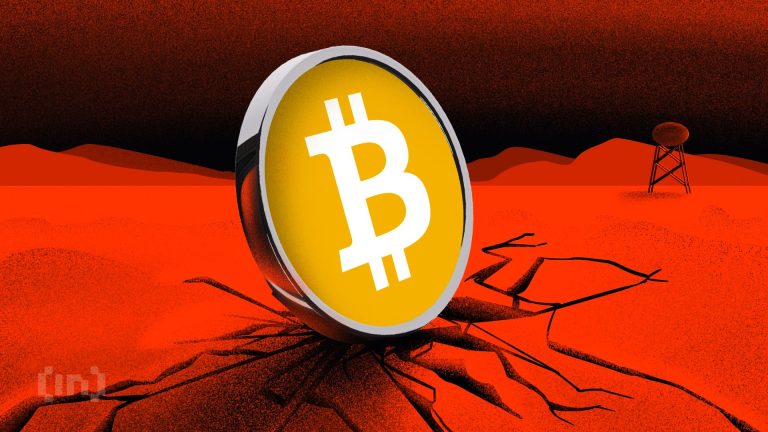
“
From Stardust to Dreams: Imagining Life Beyond the Stars
Introduction to the Wonders of the Universe
From Stardust to Dreams: Imagining Life Beyond the Stars is a journey through the vast expanse of the universe, exploring the mysteries of the stars and the possibility of life beyond Earth. As we gaze up at the night sky, we are reminded of the infinite possibilities that lie beyond our planet. The stars have long been a source of fascination for humans, inspiring dreams, myths, and legends. In this article, we will delve into the wonders of the universe, exploring the latest discoveries and theories that are helping us to better understand the cosmos.
Understanding the Universe
The universe is estimated to be around 13.8 billion years old, with over 100 billion galaxies, each containing billions of stars. The stars are massive balls of hot, glowing gas, and their life cycles are closely tied to the formation of planets. The process of star formation begins with the collapse of a giant cloud of gas and dust, which eventually gives rise to a protostar. As the protostar collapses, it begins to spin faster and faster, causing it to flatten into a disk shape. At the center of the disk, the protostar continues to collapse, eventually forming a main-sequence star. The leftover material in the disk can then coalesce to form planets, moons, asteroids, and comets. For a deeper dive into the cosmos, check out Soaring Through the Cosmos: The Power of Imagination Beyond the Stars.
Exploring the Possibility of Life Beyond Earth
The discovery of exoplanets, which are planets that orbit stars other than the Sun, has raised hopes of finding life beyond Earth. Over 4,000 exoplanets have been discovered so far, and many of these planets are believed to be located in the habitable zones of their respective stars, where conditions are suitable for life as we know it. The search for life beyond Earth is an active area of research, with scientists using a variety of methods to search for signs of life, such as the detection of biosignatures in the atmospheres of exoplanets. Biosignatures are signs of biological activity, such as the presence of oxygen, methane, or other gases that could be produced by living organisms. For more on this exciting research, read From Stardust to Dreams: Imagining Life Beyond the Stars – Exploring the Possibilities of Life in the Universe.
Imagining Life Beyond the Stars
As we continue to explore the universe and search for life beyond Earth, we are forced to imagine what life might be like on other planets. Would life on other planets be similar to life on Earth, or would it be vastly different? The possibility of life on other planets raises many questions and challenges our current understanding of the universe. The search for life beyond Earth is not just about finding other forms of life, but also about understanding the origins of life on our own planet. By studying the formation of stars and planets, we can gain insights into the conditions that are necessary for life to arise and evolve. To further expand your imagination, consider reading Galaxies of Dreams: How Imagination Transcends the Night Sky.
Conclusion and Takeaways
In conclusion, the universe is a vast and mysterious place, full of wonders and surprises. The possibility of life beyond Earth is a tantalizing prospect, and one that continues to inspire scientific research and exploration. As we continue to explore the universe and search for life beyond our planet, we are reminded of the infinite possibilities that lie beyond our small blue dot. The main takeaways from this article are:
- The universe is estimated to be around 13.8 billion years old, with over 100 billion galaxies, each containing billions of stars.
- The discovery of exoplanets has raised hopes of finding life beyond Earth, with over 4,000 exoplanets discovered so far.
- The search for life beyond Earth is an active area of research, with scientists using a variety of methods to search for signs of life, such as the detection of biosignatures in the atmospheres of exoplanets.
- Imagining life beyond the stars challenges our current understanding of the universe and raises many questions about the origins of life on our own planet.
See more:
https://www.nasa.gov/
https://www.esa.int/
https://www.space.com/





